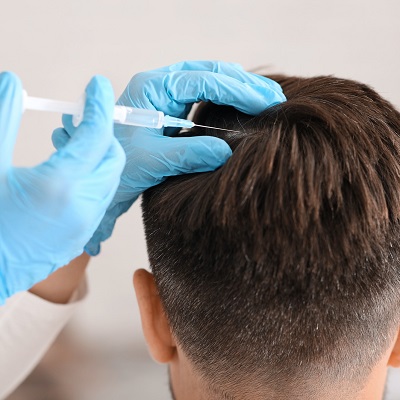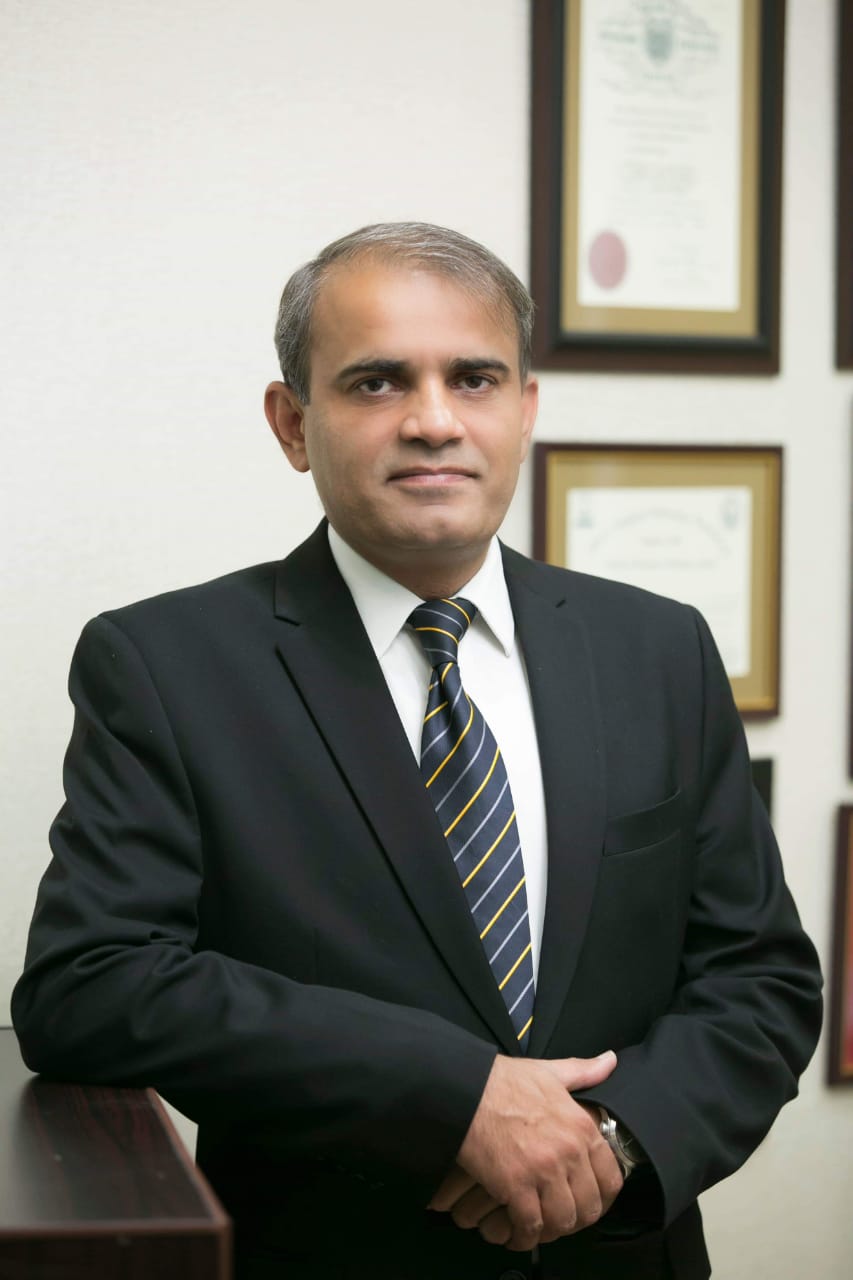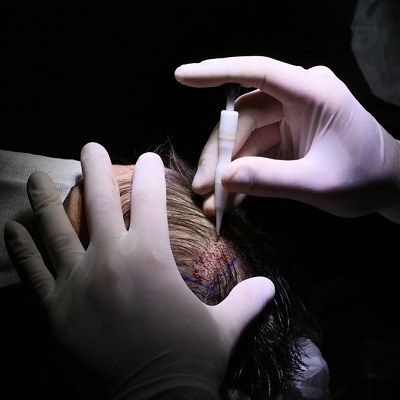 Are you annoyed by patches of baldness and thinning hair? It might be depressing to see your hairline shrink and have an impact on your self-esteem. But think about How can I completely get rid of hair loss problem. The fact that complete remedies are available to manage hair loss is the coolest knowledge.
Are you annoyed by patches of baldness and thinning hair? It might be depressing to see your hairline shrink and have an impact on your self-esteem. But think about How can I completely get rid of hair loss problem. The fact that complete remedies are available to manage hair loss is the coolest knowledge.
These treatments at Royal Hair Transplant not only aim to stop hair loss in its tracks, but they also help to promote new hair development. It is possible to effectively treat thinning hair using improved medical procedures, lifestyle modifications, or gradual solutions. You may take significant steps toward a fuller head of hair and restore confidence by learning and choosing the best strategy for your unique goals. find the available choices and the solution that works for you.
How Can I Completely Get Rid of Hair Loss Problem?
While hair loss may seem difficult, some treatments might help. Here are a few effective choices to keep in mind:
Hair Transplant:
A common solution is hair transplantation. They involve healthy hair follicles being moved from one area of the scalp to another. Follicular Unit Transplantation (FUT) and Follicular Unit Extraction (FUE) are two widely used techniques. While FUE eliminates individual follicles, FUT removes a strip of scalp that contains hair. A larger, more natural-looking head of hair is the goal of both techniques. Although they need a skilled physician and recovery time, transplants have long-lasting benefits.
Treatment using platelet-rich plasma (PRP):
PRP treatment uses your blood to support hair growth. A small amount of blood is extracted, and platelets are concentrated by processing. One’s head follows with an injection of this PRP. Growth factors that stimulate hair follicles and promote new growth are found in platelets. It usually takes a few sessions for PRP treatment, which is quite non-invasive. Consequences could differ, but many people experience growth over time.
Laser treatment:
Laser treatment is a non-invasive treatment that stimulates hair growth with low-level lasers. It’s frequently carried out using tools like helmets, laser combs, and in-hospital lasers. The gentle power permeates the scalp and promotes the growth of hair follicles. Laser treatment has few side effects and is painless. Benefits must be shown with regular treatments.
Every treatment option has benefits or appropriateness of its own. Consider your lifestyle, budget, and degree of lost hair while choosing a solution.
Engagement with Dr. Shahnaz Muazzam:
Dr. Shahnaz Muazzam is a well-known expert in hair transplantation. She is known for her accuracy and skill and has years of expertise in addition to her extensive education. Her comprehension ensures that you receive the most enjoyable treatment possible. Our expert team uses cutting-edge methods and tools to provide hair loss treatments that yield superior outcomes.
Proven Results:
Our patients receive top expert skills and treatments. We have a track record of pleased clients and effective hair loss treatments. Many have made noticeable progress and recovered their self-confidence.
Selecting the RHT approach means deciding between professional treatment, a customized solution, and clear outcomes. Have faith in Dr. Shahnaz Muazzam and our team to assist you in achieving a healthier, fuller head of hair.
Advantages of Hair Loss Treatment:
- Hair health: Filling up nutritional gaps results in stronger, healthier hair that is less prone to breakage and encourages growth.
- Beneficial impact: Treating hair loss can improve mental health by lowering tension and anxiety.
- Enhanced power ranges: Reducing nutritional inadequacies can boost overall power and energy, which will undoubtedly impact everyday tasks.
- Decreased Downtime: Dietary changes and non-invasive therapies cause the least amount of interruption to your daily routine.
- Long-term advantages: Taking care of nutritional deficiencies can lead to long-term hair health, prevent further hair loss, and preserve a young appearance.
Cost of Hair Loss Treatment in Islamabad:
Hair Loss Treatment in Islamabad costs around PKR 85,000 to PKR 400,000 for each session. Nonetheless, feel free to talk with us as we provide our potential clients with exclusive reduced rates.
Book Your Consultation Today!
The Royal Hair Transplant should be your first choice if you’re thinking about having their treatment for hair loss. Our hair specialists and surgeons are the most talented. After analyzing your hair loss situation, they will recommend a course of treatment.



 Have you ever had
Have you ever had 
 Age, stress, heredity, or an autoimmune disease may all contribute to hair loss. Moreover, those with either acute or pattern hair loss may also feel symptoms of melancholy. Further, even topical or oral meds that work effectively might have unwanted side effects. Similarly, many hair loss treatments and supplements are on the market. It can be difficult to determine which of these products are beneficial. Many people thought that a hair transplant via plastic surgery was the best option for a long time. Still, many patients are concerned about the serious negative effects of having surgery. Fortunately, dermatologists can stop hair loss without surgery using platelet-rich plasma, or PRP, therapy. This blog will explore PP treatment for hair loss and whether it works.
Age, stress, heredity, or an autoimmune disease may all contribute to hair loss. Moreover, those with either acute or pattern hair loss may also feel symptoms of melancholy. Further, even topical or oral meds that work effectively might have unwanted side effects. Similarly, many hair loss treatments and supplements are on the market. It can be difficult to determine which of these products are beneficial. Many people thought that a hair transplant via plastic surgery was the best option for a long time. Still, many patients are concerned about the serious negative effects of having surgery. Fortunately, dermatologists can stop hair loss without surgery using platelet-rich plasma, or PRP, therapy. This blog will explore PP treatment for hair loss and whether it works.
 A hair transplant is a major outlay of money for your beauty and confidence boost. Achieving the greatest outcomes in either Follicular Unit Extraction (FUE) or Follicular Unit Transplantation (FUT) depends on knowing the aftercare process. Patients often ask if they might spend time in the sun following a hair transplant. The quick response is yes, but with certain care.
A hair transplant is a major outlay of money for your beauty and confidence boost. Achieving the greatest outcomes in either Follicular Unit Extraction (FUE) or Follicular Unit Transplantation (FUT) depends on knowing the aftercare process. Patients often ask if they might spend time in the sun following a hair transplant. The quick response is yes, but with certain care.










